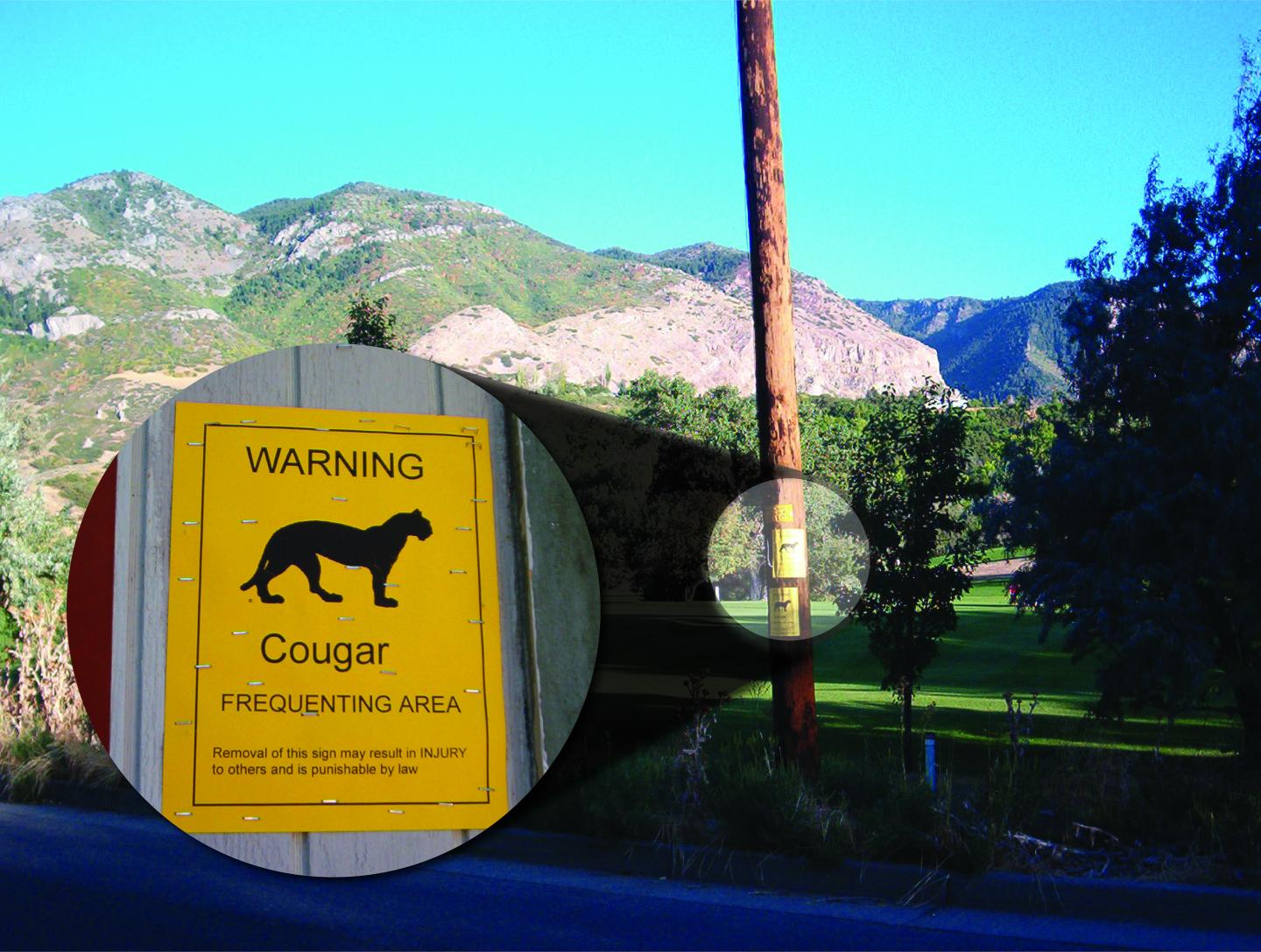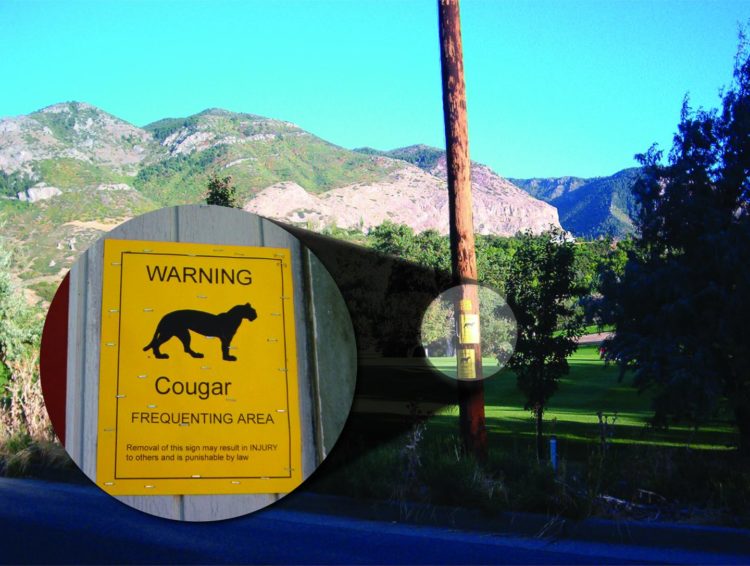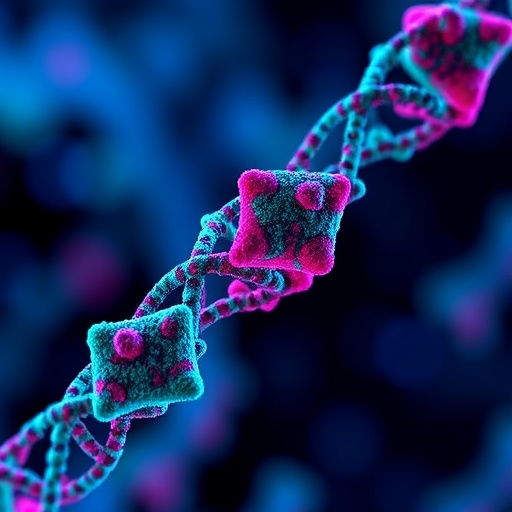Sensory danger zones: How sensory pollution impacts animal survival

Credit: David Stoner/Utah State University
A new paper including research from a Utah State University scientist provides a framework for understanding how light and noise pollution affects wildlife. The framework is the product of an effort among worldwide experts in ecology and physiology and reveals the presence of “sensory danger zones,” or areas where sensory pollutants influences animal activity. The study is published in the journal Nature Ecology and Evolution. The paper is a collaborative work with principal investigator Neil Carter, assistant professor at the School for Environment and Sustainability. “From a conservation biology point of view, we don’t know how to mitigate the effects of sensory pollution if we don’t know what the pathway of harm is,” said Carter.
“Although these results have consequences for imperiled species of conservation concern, they also suggest ways by which we may use light and sound for managing urban wildlife, mitigating wildlife-vehicle collisions, or preventing agricultural damage.” said David Stoner, a research assistant professor in the Quinney College of Natural Resources at USU.
In their study, the authors give an example of New York City’s annual 9/11 memorial tribute. The tribute coincides with birds’ annual migration from northern regions to wintering grounds in Latin America. Because birds use “celestial cues” during their migration, the 44 spotlights that form two pillars of light can attract up to 15,000 birds in a single night.
“(The birds) will fly in circles inside the beams until morning, often dying from exhaustion and collisions with artificially lit structures,” according to Carter and co-lead authors Davide Dominoni, a researcher of biodiversity, animal health and comparative medicine at the University of Glasgow; and Wouter Halfwerk, assistant professor in the Department of Ecological Science at VU Amsterdam University.
Both light pollution and traffic noise can mimic natural stimuli. For example, artificial lights cover the glow of the moon, preventing birds or insects from detecting it, or traffic noise can mask the audio spectral frequency of bird song, the researchers say.
These pollutants can also redirect an animal’s attention away from its task: a cougar hunting deer can be distracted by headlights or road noise.
“If we understand the mechanism at play, perhaps we can devise specific interventions and solutions to adopt to minimize the effect of anthropogenic impacts,” Dominoni said. “For instance, light has a lot of properties. By changing some of these properties, we might very well minimize the impact light pollution has on wildlife.”
“Night lighting and anthropogenic sound are not localized to certain habitats and certain countries. It’s a global phenomenon,” he said. “Clarifying these mechanisms can help develop solutions to biodiversity loss and anthropogenic impacts worldwide.”
###
Media Contact
David Stoner
[email protected]
435-797-9147
Related Journal Article
http://dx.





